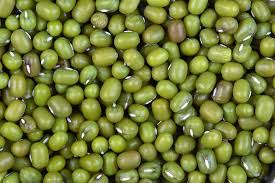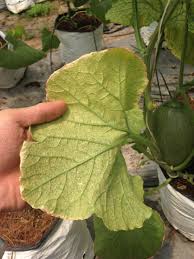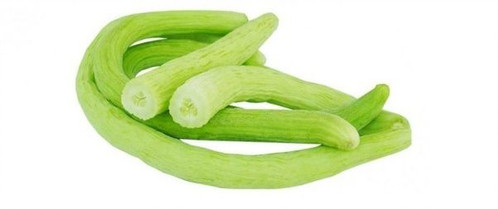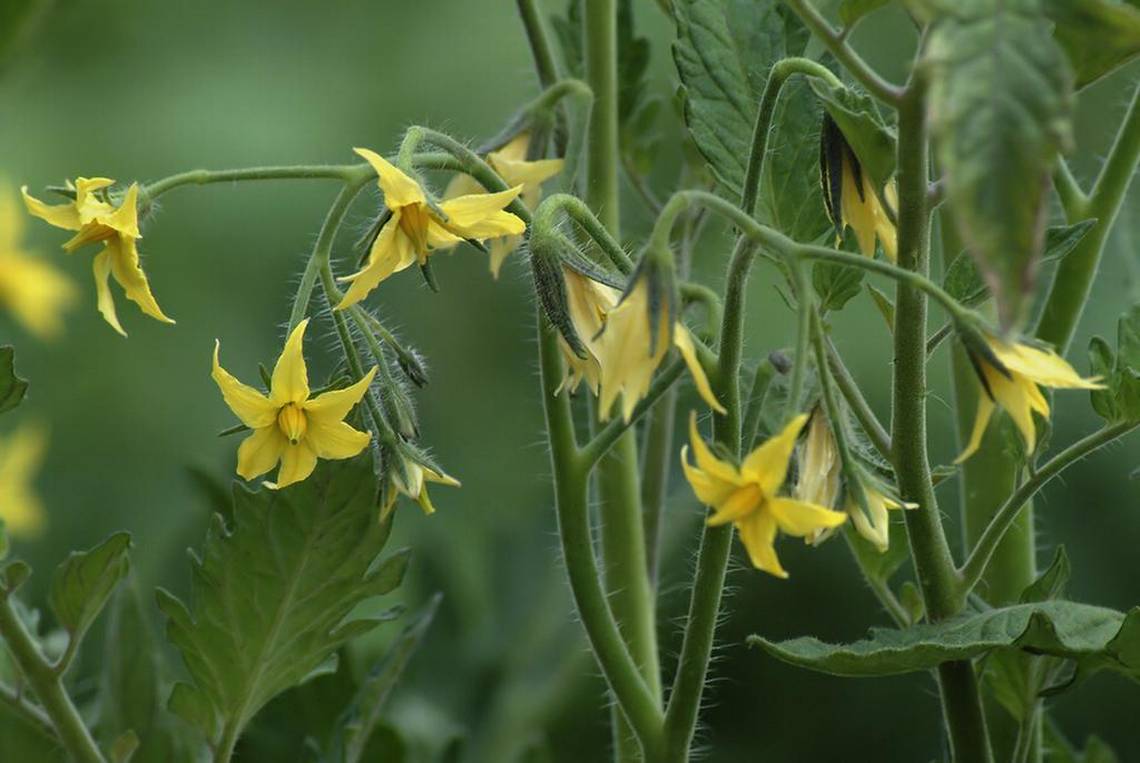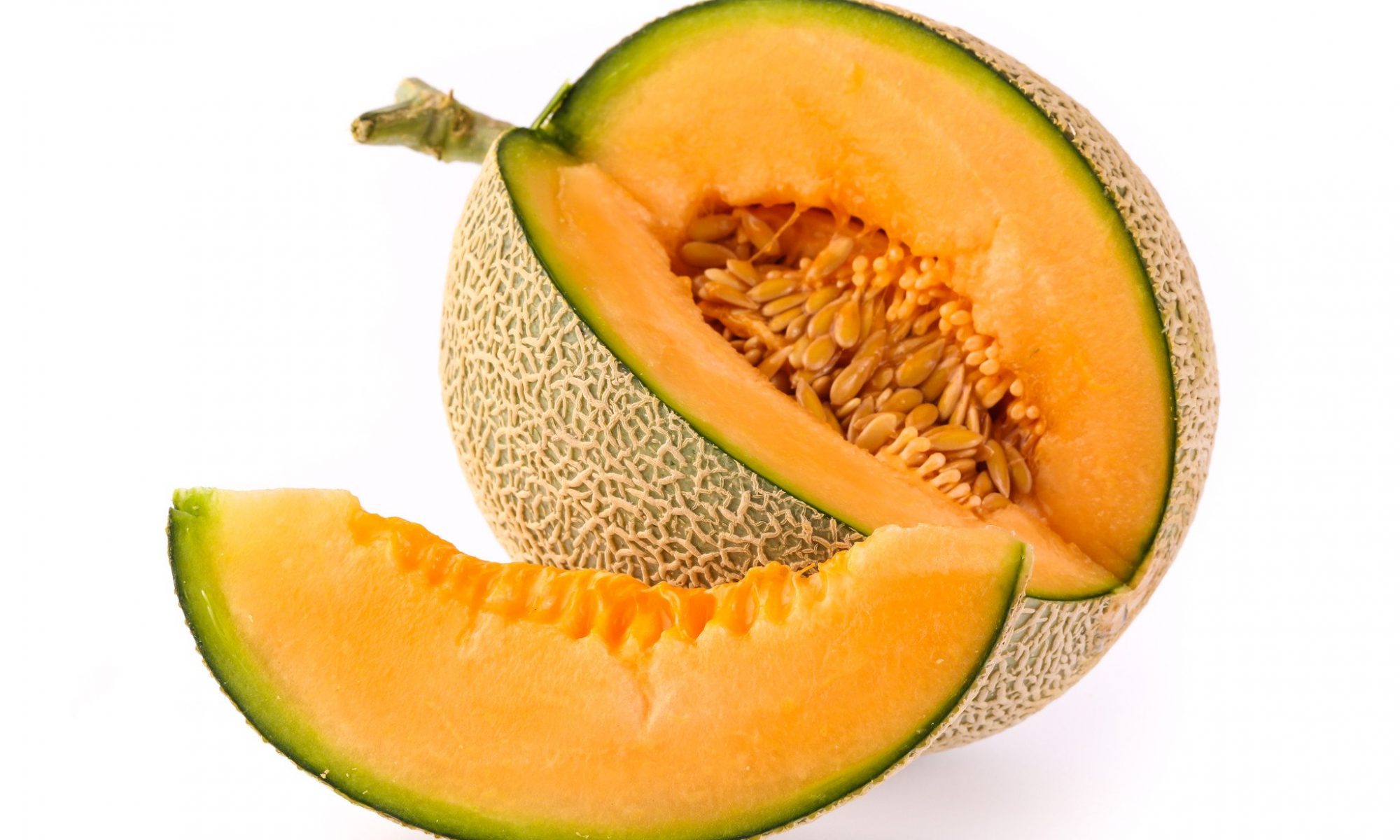- Green gram can be grown on a variety of soils ranging from sandy loam to black cotton soils having good drainage capacity.
- Saline and alkaline soils are not suitable for green gram cultivation.
- Green gram is very sensitive to waterlogging conditions.
Like and share with other farmers by clicking on button below.
Share
